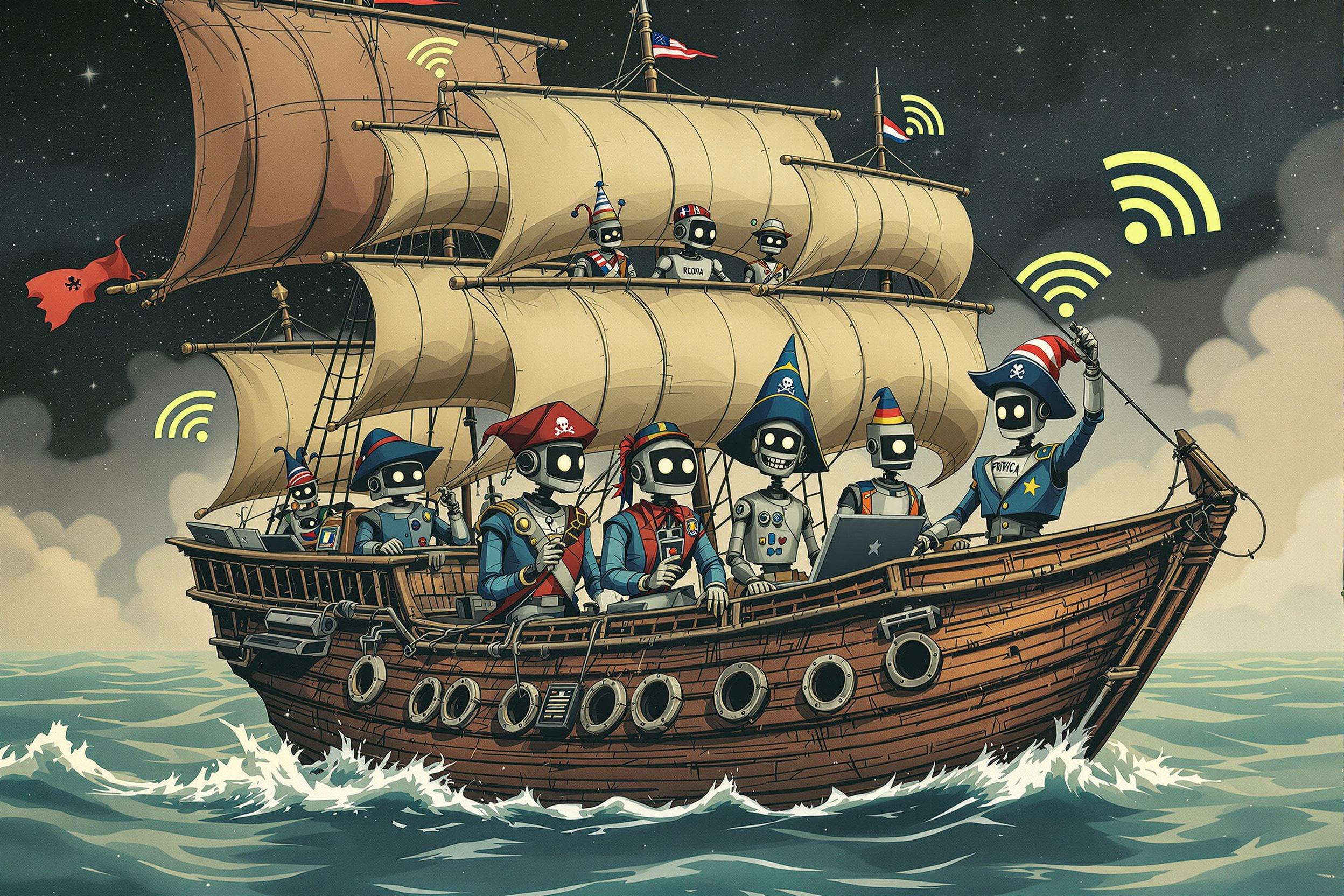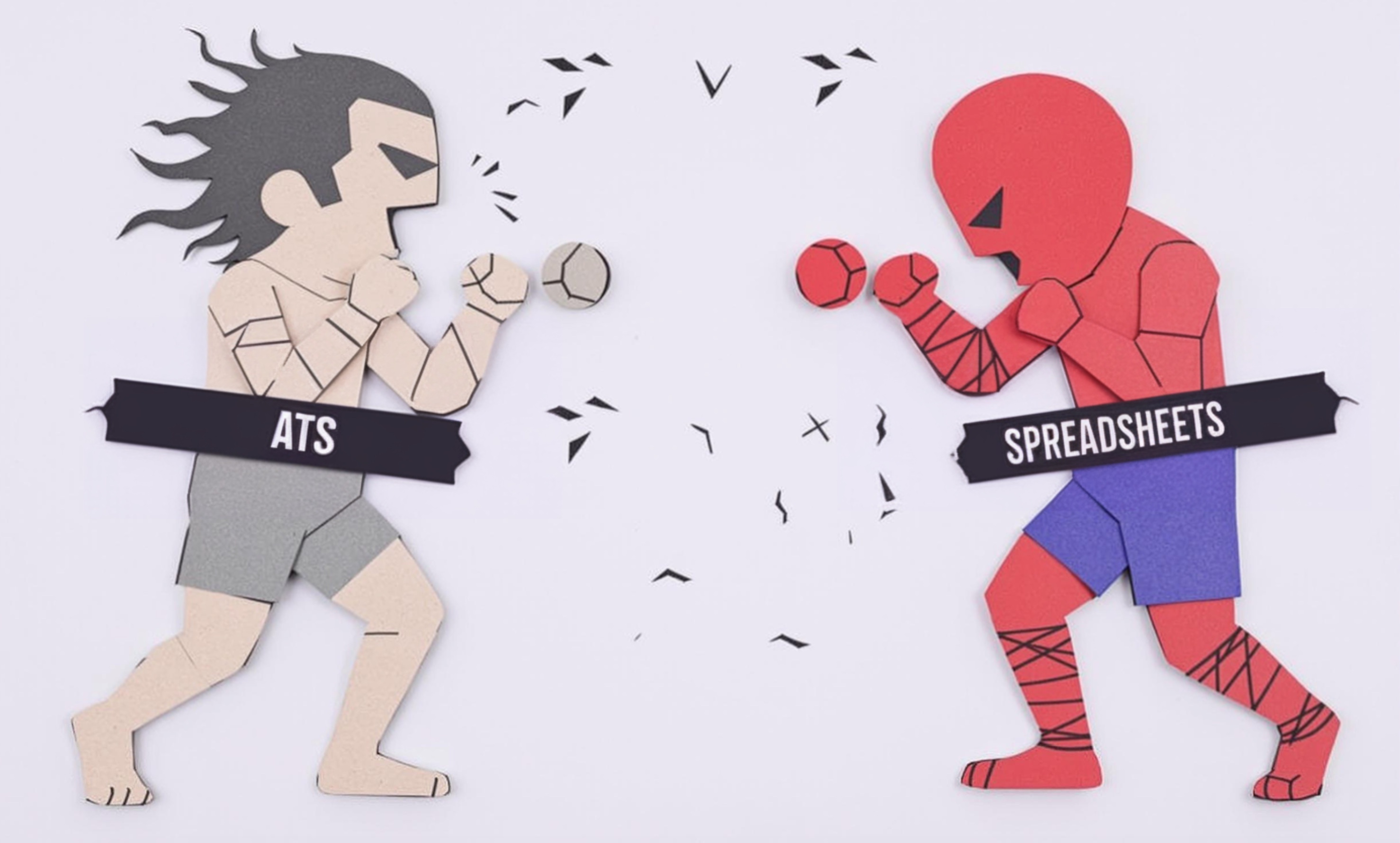
Bias Binding
Bias binding is a finishing technique widely used in clothing and textile production. It involves using a strip of fabric cut at a 45-degree angle (called the "bias") that is folded and sewn around raw edges of garments or other textile items. This technique is important because it creates a smooth, professional finish and can add decorative elements to clothing. When someone lists bias binding on their resume, it shows they understand garment finishing techniques and have hands-on sewing experience. This skill is particularly valuable in tailoring, dressmaking, and industrial garment production.
Examples in Resumes
Applied Bias Binding and Bias Tape finishes to over 200 custom garments
Trained junior staff in proper Bias Binding application techniques
Created detailed guides for Bias Binding procedures in factory production
Typical job title: "Seamstresses and Tailors"
Also try searching for:
Where to Find Seamstresses and Tailors
Online Communities
Professional Networks
Job Boards
Example Interview Questions
Senior Level Questions
Q: How would you handle bias binding on difficult fabrics like silk or velvet?
Expected Answer: A senior candidate should explain different techniques for delicate fabrics, including using stabilizers, appropriate needle sizes, and specific handling methods to prevent damage while maintaining quality.
Q: How would you train a team in bias binding techniques for mass production?
Expected Answer: They should discuss creating standardized procedures, quality control checkpoints, and training methods that ensure consistency across different skill levels.
Mid Level Questions
Q: What different types of bias binding applications do you know?
Expected Answer: Should be able to explain single-fold, double-fold, and decorative binding applications, and when each is most appropriate to use.
Q: How do you ensure consistent bias binding width throughout a garment?
Expected Answer: Should mention using proper tools like bias tape makers, measuring techniques, and quality control methods during application.
Junior Level Questions
Q: What is bias binding and why is it cut at 45 degrees?
Expected Answer: Should explain that bias binding is cut diagonally to create stretch and flexibility, allowing it to curve smoothly around edges.
Q: What basic tools do you need for bias binding application?
Expected Answer: Should list essential tools like scissors, measuring tape, iron, proper presser foot, and bias tape maker if applicable.
Experience Level Indicators
Junior (0-2 years)
- Basic machine sewing
- Understanding of bias cutting
- Simple bias binding application
- Basic fabric knowledge
Mid (2-5 years)
- Complex binding techniques
- Work with difficult fabrics
- Production speed efficiency
- Quality control knowledge
Senior (5+ years)
- Advanced finishing techniques
- Training and supervision
- Production process optimization
- Complex garment construction
Red Flags to Watch For
- Unable to explain why bias cutting is important
- No hands-on sewing machine experience
- Lack of knowledge about different fabric types
- No experience with quality control in garment finishing
Need more hiring wisdom? Check these out...

Who’s Really Running Your Interviews? How to Reduce Bias in Remote Hiring

Resume Optimizations that Candidates Do to Get Past AI Hiring Filters

Why Your Hiring Spreadsheets Are Secretly Sabotaging Your Recruitment

